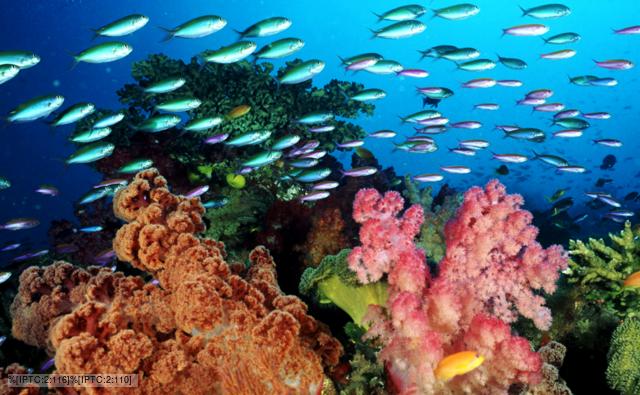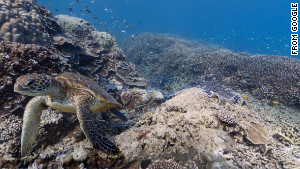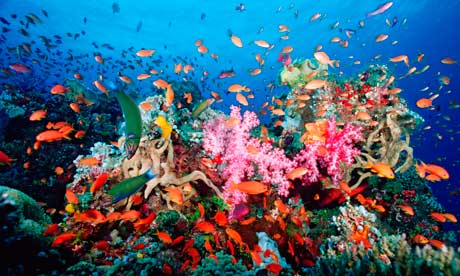Coral reefs are very important for
the home we call Planet Earth, but what exactly are coral reefs? Coral reefs
are thousands and thousands of tiny animals called polyps. These polyps grow
into large communities that we call coral reefs. Coral reefs are the most
diverse ecosystems on the planet. They are also quite beautiful and helpful.
Healthy reefs can help local economies through tourism opportunities such as
diving tours and fishing trips. Coral reefs are also used in many medicines.
Many drugs are now being developed from coral reef plants and animals that can
cure cancer, arthritis, HIV, heart disease and more.
Unfortunately these
beautiful and breathtaking reefs are dying. The main reason coral reefs are
suffering is pollution. Coral reefs are very sensitive animals. Pollution from
land-based sources is the primary cause of coral reef destruction, causing
approximately 80 percent of ocean pollution. A good example of land-based
pollution is run off. Run off can contain sediments, high levels of nutrients,
and pollutants like pesticides and petroleum. Sediments can smother corals and
make it hard for them to feed and reproduce. Excess nutrients can cause poor
water quality which can decrease oxygen levels in the water. Finally pesticides
and petroleum pollutants can cause problems with coral growth and reproduction.
Run-off can also introduce pathogens into coral reefs causing crippling
diseases for some reefs.
Another form of
pollution that affects coral reefs is known as marine debris. Marine debris is
any human-made object that is discarded and enters ocean waters. Debris can
come from ships, beach goers, and even storm drains. Plastic debris can kill
several types of reefs. Abandoned fishing nets and other fishing gear can catch
marine life and even get tangled on reefs and damage or kill them. Thankfully
there are ways to help these coral reefs. Here are 10 simple yet effective ways
to help coral reefs and all the plants and animals that depend on them.
1.
Conserve water: The less water you use, the less runoff and waste water that will pollute our oceans.
2.
Help reduce pollution: Walk,
bike or ride the bus. Fossil fuel emissions from cars and industry raise lead to
ocean warming which causes mass-bleaching of corals and can lead to widespread
destruction of reefs.
3.
Use only ecological or organic
fertilizers: Although
you may live thousands of miles from a coral reef ecosystem, these products
flow into the water system, pollute the ocean, and can harm coral reefs and
marine life.
4.
Dispose of your trash properly: Don't leave unwanted fishing lines or nets in
the water or on the beach. Any kind of litter pollutes the water and can harm
the reef and the fish.
5.
Support reef-friendly
businesses: Ask the
fishing, boating, hotel, aquarium, dive or snorkeling operators how they
protect the reef. Be sure they care for the living reef ecosystem and ask if
the organization responsible is part of a coral reef ecosystem management
effort.
6.
Plant a tree: Trees reduce runoff into the oceans. You will
also contribute to reversing the warming of our planet and the rising
temperatures of our oceans.
7.
Practice safe and responsible
diving and snorkeling: Do not
touch the reef or anchor your boat on the reef. Contact with the coral will
damage the delicate coral animals, and anchoring on the reef can kill it, so
look for sandy bottom or use moorings if available.
8.
Volunteer for a coral reef
cleanup: You don't
live near a coral reef? Then do what many people do with their vacation: visit
a coral reef. Spend an afternoon enjoying the beauty of one of the most diverse
ecosystems on the Earth.
9.
Contact your government
representatives: Demand
they take action to protect coral reefs, stop sewage pollution of our oceans,
expand marine protected areas and take steps to reverse global warming
10.Spread the word: Remember your own excitement at learning how
important the planet's coral reefs are to us and the intricate global
ecosystem. Share this excitement and encourage others to get involved.










